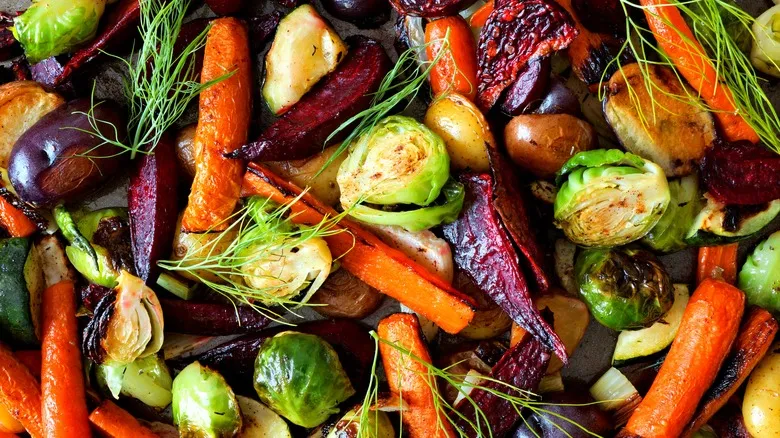The best vegetables for roasting
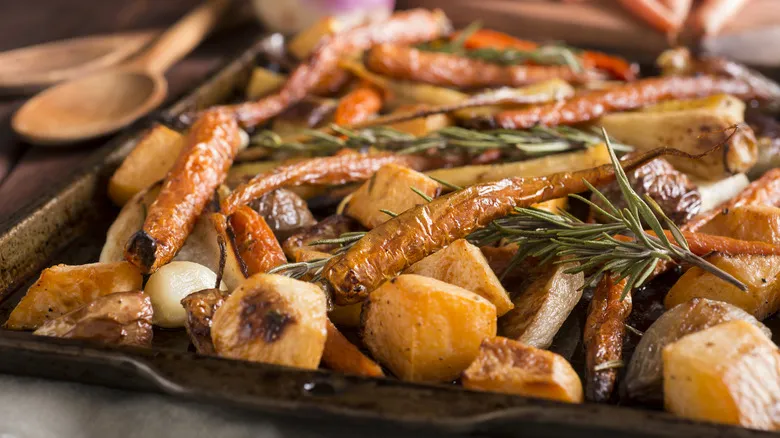
The ideal vegetables for caramelization, thanks to their sugar content, are root vegetables, squash, and tubers (such as sunchokes, rutabagas, and yams). Beets stand out with the highest sugar levels, while other sweet options include carrots, parsnips, and turnips. Carrots, in particular, undergo both caramelization and the Maillard reaction during cooking due to their amino acid content. When it comes to texture, avoid trying to soften your roasted vegetables like you would a tough cut of meat; instead, opt for a low and slow cooking method, as they require high heat to become tender.
Once your roasted root vegetables are ready to be served, they can be incorporated into a variety of dishes. They make a great addition to an entrée or can serve as a simple yet delicious side that might even win over those who typically shy away from vegetables. Consider tossing a blend of roasted root vegetables with basic seasonings (salt and pepper work well) and herbs like rosemary and thyme. For an added touch of sweetness, drizzle with balsamic vinegar. To create a heartier meal, serve them over rice or a bed of mixed greens alongside a protein such as grilled chicken or steak.
Tips for roasting vegetables
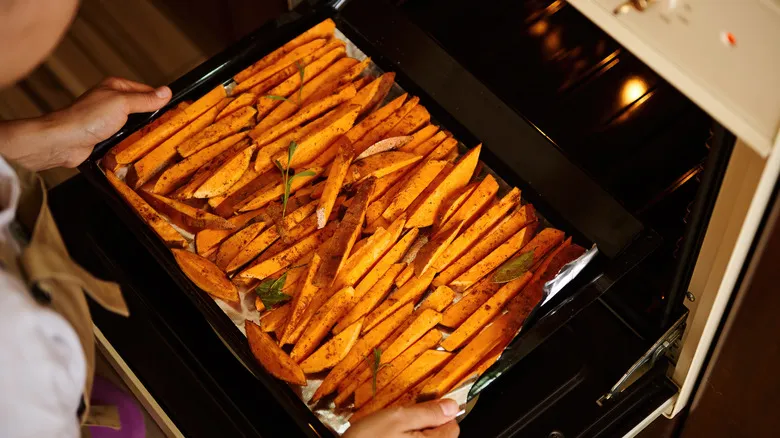
Now that you're aware of the advantages of roasting, here are some tips to ensure you achieve excellent results every time. Start by preheating your oven to between 425 and 450 degrees Fahrenheit, as roasting is most effective at high temperatures. Additionally, select the right cooking vessel; a sheet pan is ideal because glass baking dishes do not conduct heat as well, and high sides can trap steam. For easier cleanup, consider lining the pan with aluminum foil or parchment paper.
When it comes to roasting vegetables, size is important: chop them into approximately 1-inch pieces. Keeping them uniform in size will help them cook evenly, but denser vegetables like squash, potatoes, and root vegetables should be cut smaller than lighter ones like broccoli or cauliflower. Make sure all vegetables are as dry as possible to prevent steaming, and avoid overcrowding the pan with too many pieces.
To achieve a perfectly crispy exterior, coat the vegetables in a generous amount of olive oil before adding seasonings. You might want to use spices such as garlic powder, smoked paprika, dried herbs, Old Bay, or five-spice powder. However, refrain from adding sugar too early, as it can burn the vegetables, and they typically don’t require it. While roasting, check on your vegetables periodically to ensure they aren’t burning, and turn them halfway through the cooking time to caramelize all sides.
Recommended

The Difference Between Roasting And Baking In An Oven
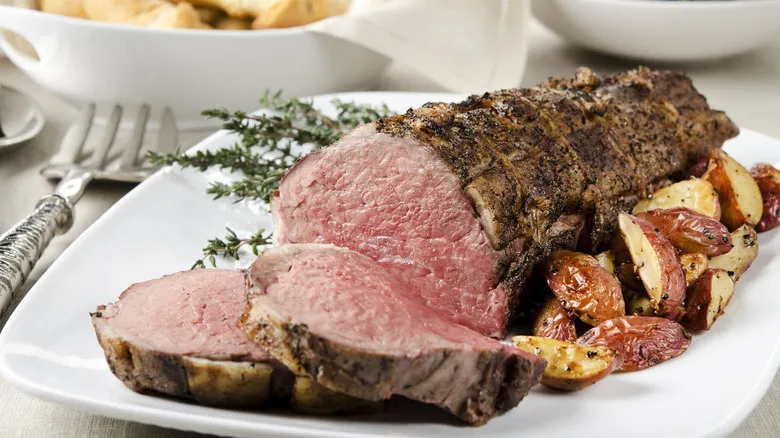
How The Temperature Of Your Meat Impacts Roasting

When To Oil Your Roasted Vegetables For The Best Possible Flavor
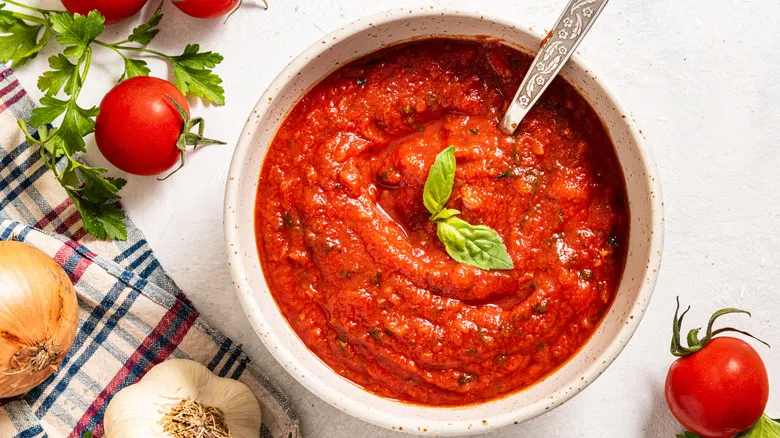
Basic All-Purpose Tomato Sauce Recipe
Next up

